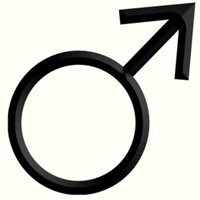The effect of N-acetyl cysteine consumption on men with abnormal sperm parameters due to positive history of COVID-19 in the last three months

Submitted: September 25, 2021
Accepted: October 12, 2021
Published: December 21, 2021
Accepted: October 12, 2021
Abstract Views: 2507
PDF: 1005
Publisher's note
All claims expressed in this article are solely those of the authors and do not necessarily represent those of their affiliated organizations, or those of the publisher, the editors and the reviewers. Any product that may be evaluated in this article or claim that may be made by its manufacturer is not guaranteed or endorsed by the publisher.
All claims expressed in this article are solely those of the authors and do not necessarily represent those of their affiliated organizations, or those of the publisher, the editors and the reviewers. Any product that may be evaluated in this article or claim that may be made by its manufacturer is not guaranteed or endorsed by the publisher.
Similar Articles
- Judith Aschauer, Michaela Sima, Martin Imhof, Recovery of sperm quality after COVID‐19 disease in male adults under the influence of a micronutrient combination: A prospective study , Archivio Italiano di Urologia e Andrologia: Vol. 95 No. 1 (2023)
You may also start an advanced similarity search for this article.

 https://doi.org/10.4081/aiua.2021.4.465
https://doi.org/10.4081/aiua.2021.4.465



